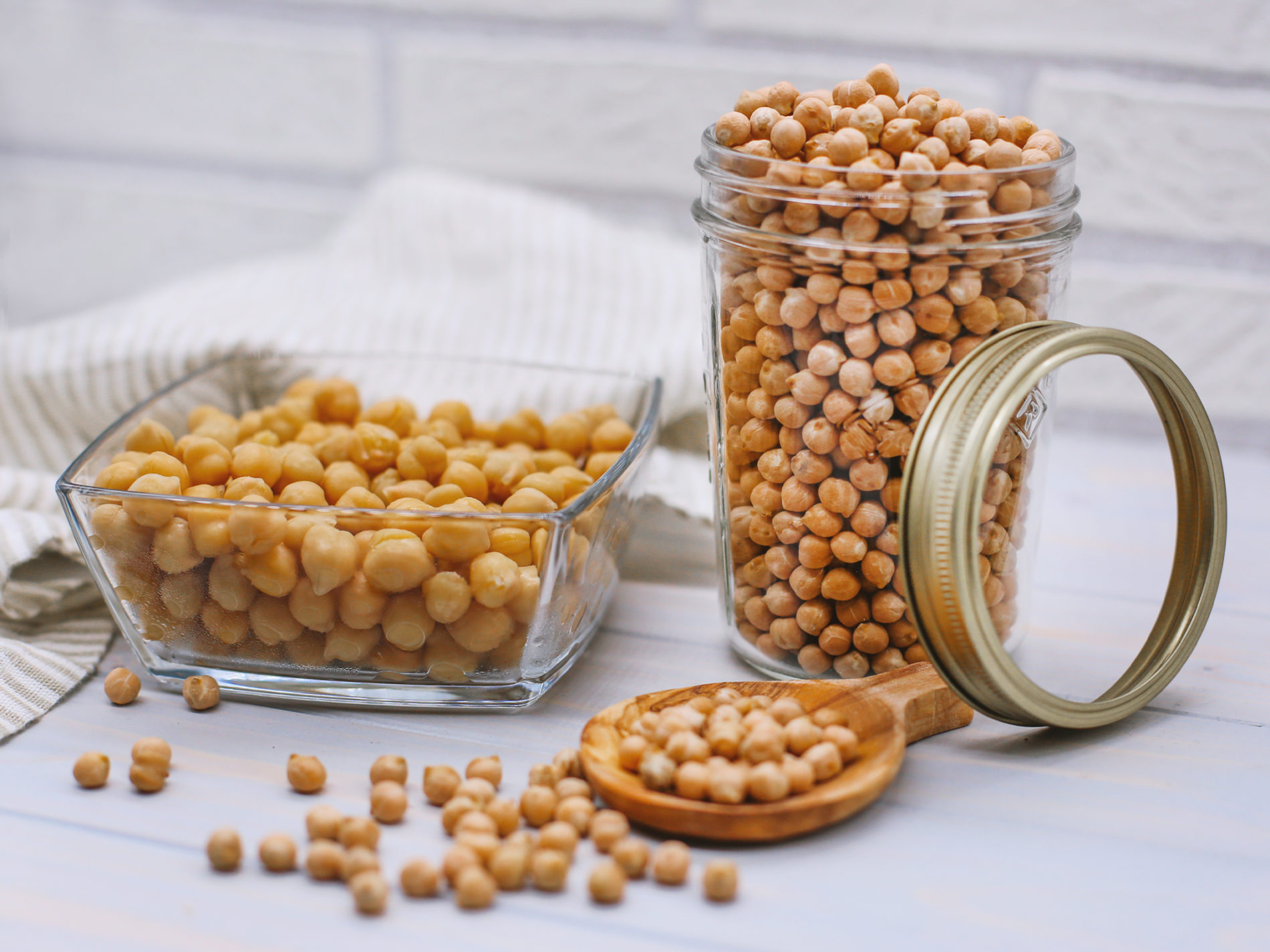One of the most important ingredients for Indian, Mediterranean, and Middle Eastern cooking is a humble chickpea. It’s a seed of a legume plant that can be red, black, green, white, brown, but surely the most recognizable type is a smooth-skinned, beige big chickpea. It’s called kabuli which, as one can easily presume, means “from Kabul”. Kabul is the capital of Afghanistan, a country where kabuli chickpeas are thought to have originated (and then introduced to India where they got their Hindu-Urdu name).
The other type is called desi. It’s grown mostly in the Indian subcontinent and means “country” or “native”. These chickpeas are smaller, darker and rougher than kabuli. But they can be green, speckled, or black and that, of course, is their coolest feature. Imagine your favourite chickpeas spread with tahini and garlic (yep, that’s hummus), but in green colour. You can easily make it if you have hara chana or green chickpeas of desi variety. Sorry for many unfamiliar names, but they could help you googling the right type to buy. And when you get it (hummus, of course, can be made from any variety, we are making green just for fun!), follow these steps:
First, you need to soak the peas. Add them to a large bowl and cover with water, make sure there is plenty of it because the chickpeas will absorb lots of liquid while rehydrating, tripling in size. Soak overnight for better consistency. Cook them the next day by adding the peas (consider using 1.5 cups) to a large pot with a large amount of water (everything is large because we are going big!), bring everything to a boil, and simmer for 1-1.5 hours, according to the firmness. Don’t forget to add some aromatics. A couple of bay leaves and garlic cloves will do just fine. Also, add a generous pinch of salt and not so generous pinch of baking soda. This last ingredient helps to loosen the outer layers of chickpeas, to soften their skins during prolonged cooking, which is great because the next crucial step is homogenizing. Because you’ll want your hummus creamy and smooth.
While the chickpeas are cooling, combine lemon juice from 1 medium lemon with 2 cloves of garlic and ½ tsp of salt in a blender and process until garlic is finely minced. Add ½ tsp of tahini and blend until everything is smooth, scrape down the mixture from the sides of the blender’s cup and add 2 to 4 Tbsp of cold water during the process. It will help to obtain ultra smoothness. Then add ½ tsp of cumin and your warm chickpeas, start blending again, adding 1 Tbsp of olive oil along the way and extra water if you feel it’s needed. Just imagine how gorgeous hummus will look with green chickpeas. Taste, adjust the seasonings: salt, pepper, lemon juice, cumin. Scrape your hummus out, plate it and garnish with everything from lamb kebabs to carrot and celery sticks.











What do you think?